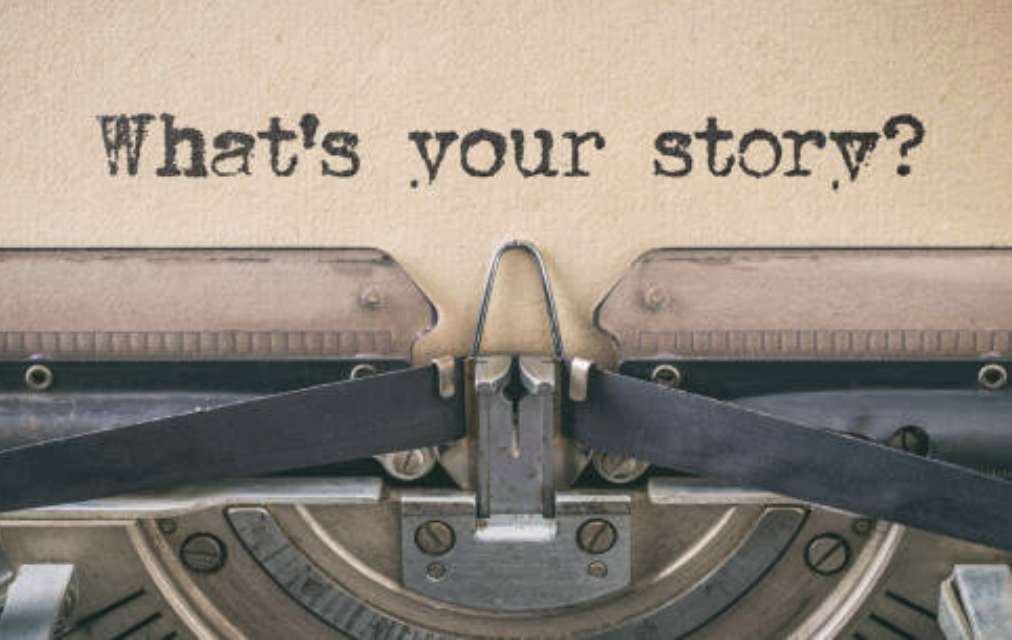As a copywriter, one of the most powerful tools in our arsenal is the art of storytelling. Whether through a blog post, a social media post, or an ad, a well-crafted story can capture the audience’s attention and help them connect with the brand.
Why Storytelling Works
Humans have been telling stories for thousands of years. Some of the earliest examples of storytelling go back 36,000 years to the Chauvet cave in France. It’s believed that the cave paintings may narrate the tale of a volcanic eruption.
From ancient myths and legends to modern novels and movies, storytelling is a fundamental part of the human experience. Stories can engage us emotionally and intellectually and help us make sense of the world around us. When we hear a story, we become invested in the characters and their journey and feel connected with the storyteller.
This is why storytelling is such an effective tool in copywriting. When we tell a story in our marketing, we communicate the features and benefits of our product or service and create an emotional connection with our audience. By engaging them deeper, we can build trust and loyalty and ultimately drive sales.
Examples of Successful Storytelling in Copywriting
One of the most famous examples of storytelling in copywriting is the “Think Small” campaign by Volkswagen. In the 1960s, most American car companies promoted their vehicles as big and powerful, but Volkswagen took a different approach. Their ads featured small, quirky cars with headlines like “Lemon” and “Ugly is only skin deep.” The copy was witty and engaging, and it positioned Volkswagen as a brand for people looking for something different.
Another great example of storytelling in copywriting is the “Share a Coke” campaign by Coca-Cola. In this campaign, Coca-Cola replaced the traditional logo on their bottles and cans with popular first names. The idea was to encourage people to share a Coke with someone they know and to create a sense of connection and community around the brand. The campaign was a huge success, raising sales by 2.5%.
Three Tips for Effective Storytelling in Copywriting
If you’re looking to incorporate storytelling into your copywriting, here are a few tips to keep in mind:
Know your audience
To create a story that resonates with your audience, you must understand their hopes, fears, and desires. Conduct market research and use customer feedback to inform your storytelling strategy. And if you need more information about your audience, don’t hesitate to ask your client some quick questions. They’ll appreciate that you cared enough to ask.
Keep it simple
A good story doesn’t need to be long or complicated. The best stories are often simple and straightforward. Focus on a clear message and a compelling narrative arc
Show, don’t tell
Instead of telling your audience about the features and benefits of your product or service, use storytelling to show them in action. Use real-life examples and anecdotes to demonstrate how your offering can solve a problem or meet a need.
Storytelling May Be the Most Powerful Tool in Your Copywriting Arsenal
Storytelling is a powerful tool that can help you build an emotional connection with your audience and drive those conversions – after all, isn’t that what we do? We create engaging copy that helps our clients drive more traffic to their websites so they can make more money!
Using real-life examples and anecdotes, you can create a narrative that engages your customers and encourages them to act. So the next time you craft a marketing campaign, blog article, or landing page copy, consider incorporating storytelling into your strategy. The results may surprise you!

